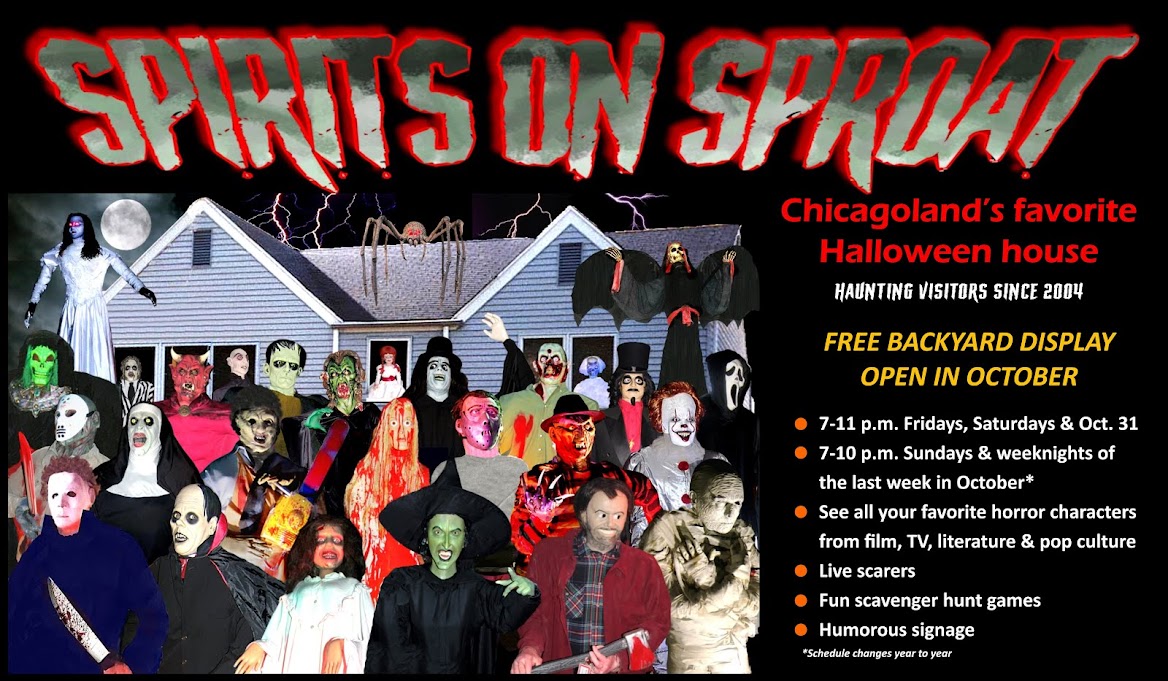by Erik J. Martin
Old monsters never die, and they don't exactly fade away, either. Instead, they're reborn in fresh new takes on the horror genre that pay homage to the classic creatures and indelible demons of pop cultures past, a la contemporary fright films like "Twilight" and small scream TV series like "True Blood."
When I interviewed him a few years ago before his death, Forrest J Ackerman, the renowned horror historian and former editor of Famous Monsters of Filmland magazine, said that he believed many modern movies and TV shows pay a respectful homage to classic horror monsters and myths.
“It’s nice to see the legacy of pioneers like Boris Karloff and Bela Lugosi kept alive in contemporary horror movies and television programs,” Ackerman said.
James E. Gunn, Emeritus Professor of English and Director of the Center for the Study of Science Fiction at the University of Kansas, told me that “almost every other kind of fiction is based on the notion that people earn their fates. What’s horrible about horror is that people often do not deserve the bad things that happen to them.”
Gunn argued that exposing viewers to timeless horror references—however subtle—in modern entertainment helps promote the classics of literature and film and form a more close-knit fan community.
“It tends to give viewers a kind of feeling of belonging, of being in the cognoscenti when they recognize something referenced” on their favorite TV show or new movie, Gunn said. “They feel as if their show is paying tribute to their knowledge of the horror genre. When a teenage viewer doesn’t ‘get it,’ they say, ‘gee, I’d better get with it and brush up on my horror history.’”
Why does the vampire mythos continue to be so popular, as evidenced by the strong following for modern horror series on television like "The Vampire Diaries"?
“A mummy or a werewolf are typically unpleasant, menacing characters,” said Ackerman. “A vampire, on the other hand, can be a more handsome, realistic creature that appeals to our humanistic, sympathetic side.”
Ackerman added that he does not worry about batminded burnout.
“There’s been a bit too much focus on vampires in the past few years in movies, books and television, and I fear that we may be getting burned out as a culture on vampires,” Ackerman says. “Being more of a purist of the classics, I also feel that they’re taking a bit too much liberty with the original Dracula archetype in some of these new creations. For example, vampires can get around by day now in some of these stories. But then again, they can’t have these vampires keep doing the same things over and over again. You have to add something new to the mythology.”
Ackerman, like most fans, believed that the undead, as well as their millennium-proof monster brethren, will never rest.
“I think classic monsters like vampires, werewolves, mummies and the like will stand the test of time,” Ackerman said. “I never saw the Dr. Jekyll and Mr. Hyde character become forgotten. And Frankenstein, Dracula and the mummy have been brought back to life more times than you can count.”
Gunn agrees that these frightmare forerunners have staying power that will defy age.
“The reason characters like Dracula and the Wolfman have lasted this long is they are archetypal—they deal with certain basic human concerns. It isn’t that we’re afraid of turning into werewolves, it’s that we have these repressed feelings within us that we don’t often let out,” Gunn said.



